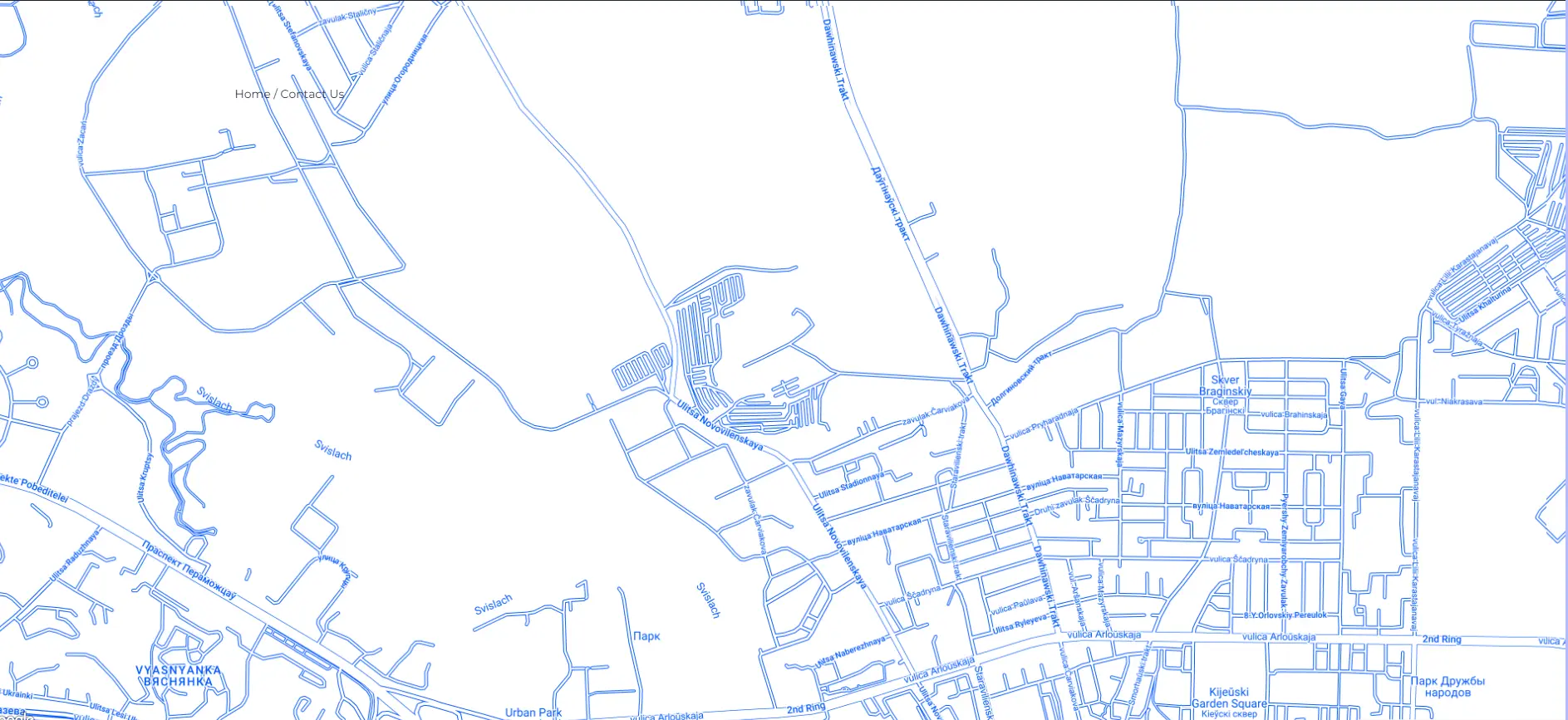A loan might be a valuable instrument if you require immediate access to money. One of the main aspects when taking out a loan is the interest rate. This article provides information about loan interest that individuals should know to manage money and prevent unexpected costs in Belarus.
What is the loan interest?
Interest for using the loan is an additional amount the borrower must pay the bank for the financing provided.
Interest is calculated as a certain percentage of the loan amount and is paid together with the principal debt on the loan. They are the primary source of income for credit institutions and may depend on the following factors:
- Bank expenses related to the consideration of loan documents.
- The bank’s expenses associated with the issuance of credit cards.
- Additional services that the bank provides to the borrower and related expenses.
Understanding how loan interest works will help you make more informed financial decisions and successfully manage your debts.
How does the bank determine the interest rate on the loan
The Bank develops credit products and calculates interest rates for using them. Interest is calculated based on the interest rate for the year of use of the loan. The Bank may use such methods to determine the amount of the interest rate on the loan:
- A fixed annual interest rate. This means that the interest rate is set in absolute numerical terms.
- Variable annual interest rate. This means the interest rate is linked to an indicator that can change throughout the year. In Belarus, in this case, the interest rate on the loan is usually related to a change in the refinancing rate, which the National Bank sets.
The Bank determines the amount and terms of interest payment by the borrower when issuing a loan.
How to find out more about the interest for using the loan that you receive
Before concluding a loan agreement, the bank must familiarise the individual with the loan terms under the signature. About interest on the use of the loan, this document should contain information:
- On the amount of interest on the use of the loan.
- The order in which the bank determines the amount of interest is the annual fixed rate or the annual variable interest rate.
- The amount of interest for the entire time of using the loan.
- The terms of payment of interest for the use of the loan.
This is the minimum information about the interest on the loan that the bank must provide to the borrower – an individual. The bank can provide even more details on the interest.
What to pay attention to in the loan agreement about interest
The loan agreement must contain conditions on interest for using the loan, their amount and payment procedure. The Bank may additionally specify the following conditions in the loan agreement concerning interest:
- On the full payment of interest on the day of repayment of the loan or the payment of interest in equal instalments during the entire loan use period.
- The grace period is when the bank does not charge interest for using the loan.
- On the procedure for informing the borrower about the reduction of interest for using the loan.
- How the bank will inform about the reduction of interest for using the loan and the change in the deadline for their payment.
Bank Account for Individual
Open a bank account quickly and securely in Belarus for an individual!
Can the bank increase the amount of interest for using the loan?
The interest rate on the loan agreement may increase for reasons beyond the control of the bank that issued the loan and on the bank’s initiative.
The change in the interest rate for reasons that do not depend on the bank
When the interest rate is linked to a change in the refinancing rate, the interest rate changes regardless of the bank’s desire when the refinancing rate changes. Such a change does not apply to a change initiated by the bank but refers to a change due to changing legislation since the refinancing rate is set by a resolution of the Board of the National Bank of Belarus.
An increase in the interest rate on the initiative of the bank
The Bank may decide to increase interest or to change the deadline for their payment, regardless of changes in legislation. In this case, the recipient should be provided with information about the loan terms against signature or in electronic form with the opportunity to confirm consent.
If the borrower agrees to the new interest payment terms, the bank enters into an additional agreement with him to the loan agreement. Sometimes, in case the amount of interest on a loan increases, the bank may ask an individual to provide information about his income.
Can the bank reduce the interest rate on the loan
When the interest rate on a loan is linked to changes in the refinancing rate, it is possible to increase the interest on the loan. If the refinancing rate is reduced, the interest on the loan is reduced. Such a change is not considered a reduction in interest on the bank’s initiative.
If the interest rate is reduced at the bank’s initiative, the borrower will be informed in the manner and order specified in the loan agreement. In this case, it is not necessary to sign information about the terms of the loan. If the interest rate is reduced, you will need to sign an additional agreement to the loan agreement.
How to pay interest on early repayment of a loan
The possibility of early repayment of the loan is usually prescribed in the loan agreement. When nothing is said about this in the contract, you need to contact the bank that issued the loan with an application asking for consent to early repayment of the loan.
Individuals have the right to repay the loan in whole or in part ahead of time without the bank’s consent. However, this applies only to loans issued for consumer needs—consumer loans. It is a common misconception that paying back a loan early entails paying interest on the full amount borrowed. In case of early repayment of the loan, interest must be paid for the actual use of the loan.
When will the bank stop charging interest on the loan
The Bank may suspend or terminate the accrual of interest on the loan. This is possible in some cases both on the bank’s initiative and on the borrower’s or his heirs’ initiative.
At the initiative of the bank
When an individual does not repay the loan, the bank can apply, and most often, it applies to government agencies to recover the amounts under the loan agreement. After the bank receives a court order to collect the loan debt or a notary’s executive order to collect such debt, the bank usually stops charging interest for using the loan.
On the initiative of the borrower or his heirs
The bank may decide to suspend the accrual of interest on a loan issued to an individual based on an application from such a person or his heirs. The application must be accompanied by documents confirming the circumstances in connection with which the applicant requests to suspend the interest accrual. Here are examples of such circumstances:
- Fraud and embezzlement cases are when the borrower is recognized as a victim of a criminal offence. The fact that the borrower is recognized as a victim must be a document of the criminal prosecution authority.
- The borrower’s death. In this case, we recommend that the heirs submit the recipient’s death certificate to the bank.
Contact us
If you have any questions related to calculating and paying interest for using the loan, we will be happy to help you! Our long-term experience in the field of banking law will help you in resolving any disputes.
For your convenience, phone and e-mail communication options are available:
- +37529142-27-19 (WhatsApp/Telegram/Viber);
- info@ambylegal.by.






